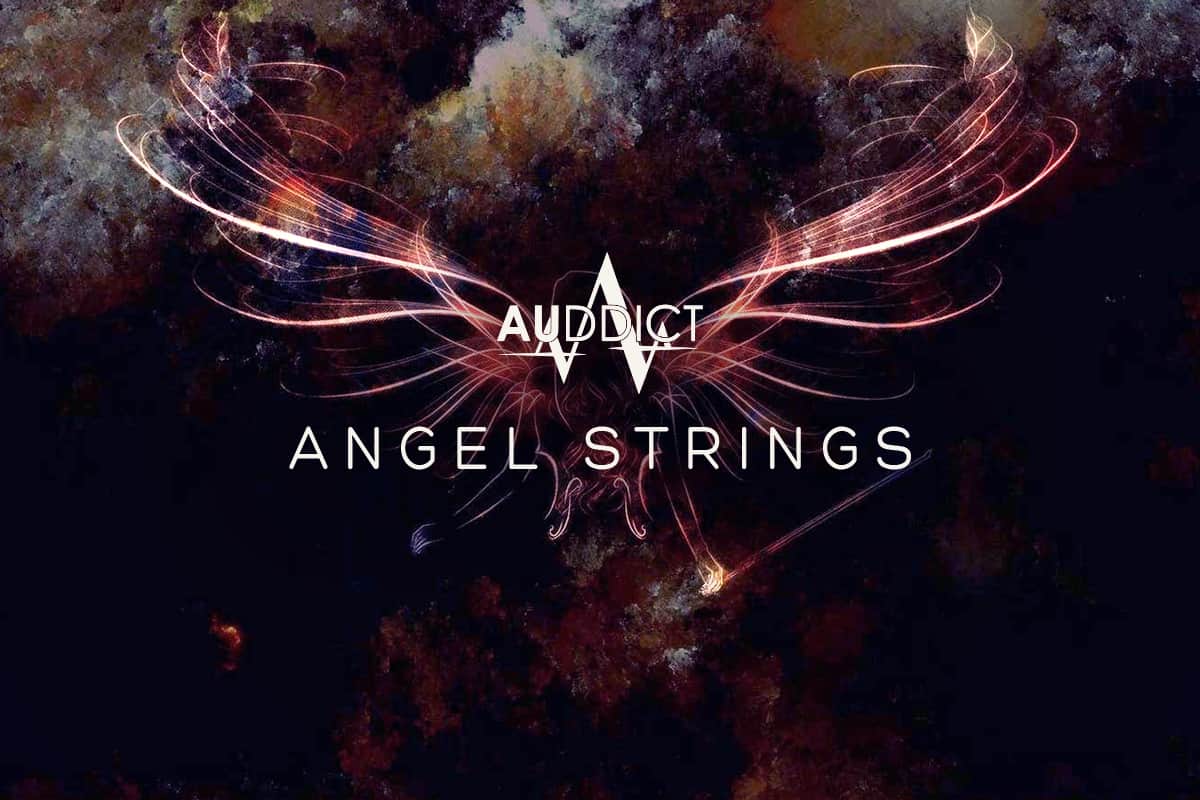Embertone Solo Strings Bundle now for a limited time period for just 199USD here: https://audioplugin.deals/ref/18/ (Affiliate Link)
Embertone Solo Strings Bundle contains Friedlander Violin, Fischer Viola, Blakus Cello, and Leonid Bass. Back in February 2016 Alex and team from Embertone complete soloist library for their Intimate Strings series with the release of Leonid Bass. All four are expressive solo string instruments. The Solo instruments are designed to help you to write for any styles of music.
The four different solo string instruments have been released over a period of time and Embertone has in the same timeframe enhanced their recording and programming skills of the Virtual (Kontakt) Instrument. Currently older solo string instruments are in the progress to be updated or have been updated to get all string instruments on the same level and close to the quality of the Leonid Bass. The Bass is one of the detailed String Bass libraries available on the market.

The instruments have impressive timbre, bow position and dynamic control. With the color mode you can use the instruments to produce a huge spectrum of tone colors by choosing where their bow goes between the bridge and fingerboard.

All four instruments have been recorded dry which makes them great instruments to process and mix with other instruments that are delivered with built in reverb.
These are different patches available in terms of CPU/RAM usage. Embertone’s speed responsiveness script, and adjustable portamentos require that the majority of the instrument be loadeddirectly into RAM. And their scripted vibrato has a multitude of background modulators running all at once. All of this combines to create an exceptional instrument. Embertone also provides you with lower ram demanding instruments version to reduce the footprint. Those with less powerful systems should use the included 16-bit samples, for those with a normal setup or a better performing DAW would select the 24-bit samples which are included.

The included ensemble comes with humanization settings that should help vary the accuracy of your virtual player. You can change the Tightness to make the ensemble less precise with their timing. Similarly, when changing the Intonation the players become less exact with their intonation. There included features allow you to reduce the level or expertise of the simulated player. This comes handy when you would like to show the audience how a rather bad/medium player would become a better player. You can take the same footage and the music played provides the illusion of a medium to great string player. There are also features that help you to increase the perceived realism out of the Ensemble script.
Embertone support alternative midi controller. With the support of TouchOSC your tablet turns into a Modular OSC and MIDI control surface for the four different string instruments. Embertone is providing a TouchOSC template for the different instruments. Touch OSC is an amazing app that will get you advanced control within a very short period of time.

For Friedlander Violin more than 4000 recorded samples have been recorded, Fischer Viola has nearly 6000 recorded samples, Blakus Cello includes nearly 6000 recorded samples, and Leonid Bass is based on nearly 6000 recorded samples. All four libraries are Kontakt 5 Player Compatible and would support also the full version of Kontakt.
If you’re looking for a full set of solo strings, there are many choices. What speaks for the embertone string bundle is the current price of 199USD (Affiliate Link), however there is a time limit on how long it is available, the impressive timbre/bow position + dynamic control and the quality of the bass, where the other instruments are being enhanced to a similar level. This is not to say that you will not get a wonderful Violin, Viola, and Cello, you will get a wonderful sounding which with the planned updates to those instruments will offer your more additional features. Embertone can be your go to library: not expensive and very flexible. In short, the four instrument sound terrific.










